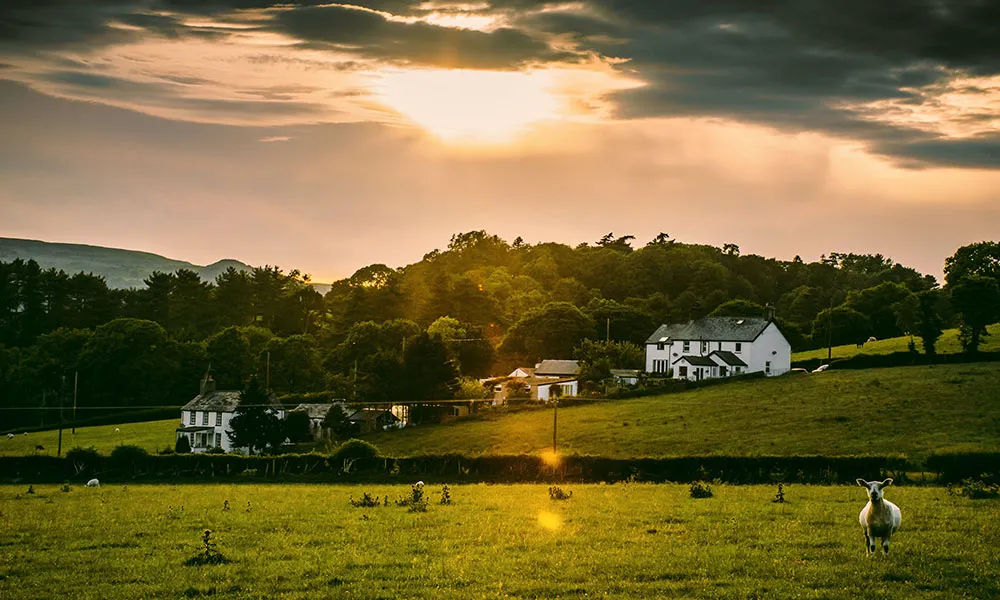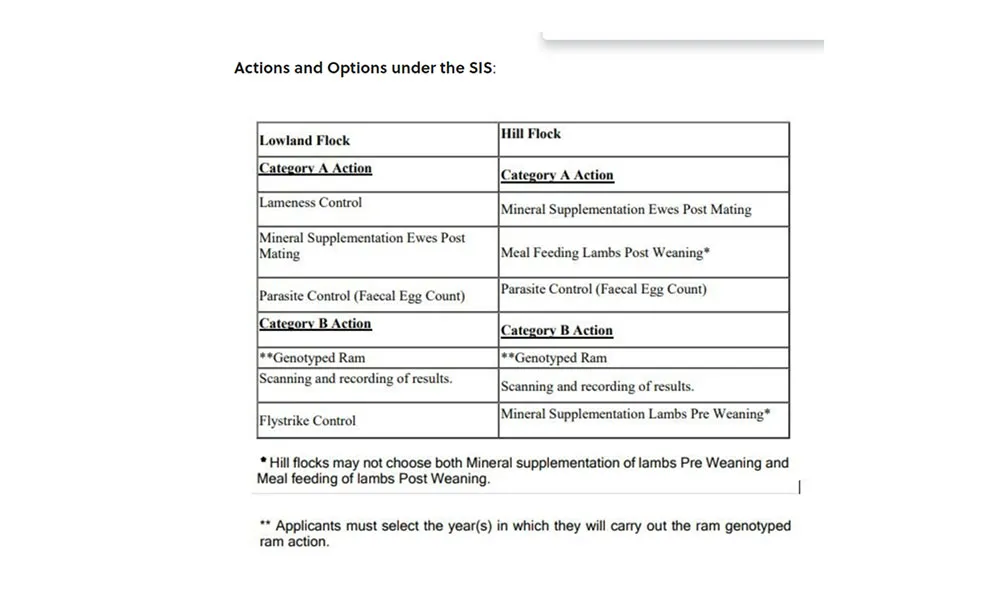Payments issuing for SIS
According to figures provided by the Department of Agriculture, Food and the Marine (DAFM), a total of 16,847 farmers have received advance payments under the first year of the Sheep Improvement Scheme (SIS). The advance payments amounted to 85% of the total, and were valued at €19 million. Recipients can expect the balancing payment of 15% to issue in May of 2024
Welcome development during turbulent times
The issuance of these payments will be a welcome development for farmers in a sector that has experienced severe turbulence in recent years. Particularly welcome is the update that the May payment will end the €12 per ewe rate. This is to be replaced by a more lucrative €20 per ewe payment, which was announced a few weeks ago as part of Budget 2024.
A rise in sheep farm net margins?
While the improved rate will not necessarily compensate for the losses every sheep farmer has accrued during the darkest days of the past year or so, it is nonetheless a significant improvement on the previous payment and should be recognised as such. Teagasc has actually forecast that the €20 rate will increase the net margin per hectare on Irish sheep farms to €263/ha. This would constitute a 43% rise on the 2023 figure of €186/ha.
Participation strongly advised
Such figures are a strong reminder of the importance of participation in the Sheep Improvement Scheme. Discussion of the scheme's payments in the Dáil recently indicates that some farmers have not received payments because they have yet to meet the scheme requirements. I would strongly urge all farmers to do their utmost to engage with this scheme moving forward, as the requirements are relatively straightforward when compared to many other Government schemes and the rewards are not insignificant.
Eligibility requirements
In order to be deemed eligible for the payment, farmers must:
- Submit their Basic Income Support for Sustainability (BISS) application for each year of participation in the scheme
- Submit their Sheep Census return for each year of the scheme (there is an exception for new entrants)
- Have an active flock number (or be a new entrant) and keep breeding ewes
- Maintain the number of breeding ewes required under the scheme
Two actions required for payment
To qualify for the payment, farmers must complete two "actions" from a set list (one from Category A and one from Category B). The list (see below) differs for hill sheep and lowland sheep. For example, in Category A lameness control is an option for Lowland farmers while Hill farmers can avail of the payment for post-wean meal feeding. Similarly in Category B, Lowland farmers may be paid for controlling blowfly strike while Hill farmers may receive the payment for mineral supplementation of lambs prior to weaning.




